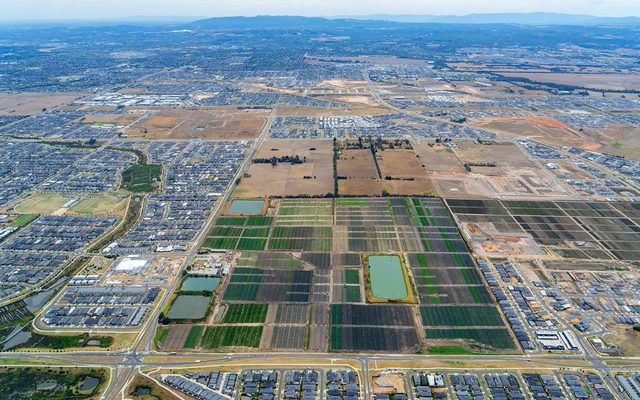This article is from the Australian Property Journal archive
HOUSING demand is sitting at record highs and supply has sunk to a decade-low, putting the dream of home ownership increasingly out of reach, and plunging more people into dire housing situations.
The latest UDIA Housing Index (UHI) showed the supply sub-index for the June quarter recorded the national housing market in a “weak” performance band of 88 index points which, it said is “alarmingly low” and 12% lower than the long run average. The index was down 3.3% year-on-year.
“To put this into context the March and June 2024 quarter index readings are the lowest on series record,” the report said.
The forward supply pipeline is increasingly challenged by ongoing cost and capacity pressures impacting the new build residential sector, with flow-on impacts continuing to place significant pressure on the rental market. There is limited expectation of a marked improvement in the performance of the UHI supply sub-index over the coming two quarters.
Dwelling approvals and commencements are both 20% lower than the long run average and showing “little sign of turning around anytime soon”.
The further increase in housing demand shown in the UHI demand sub-index – up 6.7% quarter-on-quarter to 127 points – is primarily attributable to an uptick in owner occupier mortgage lending and the ongoing elevation in population growth rates, UDIA said.
The sub-index reading is the highest level recorded in almost a decade and is 26% above the long-run average.
“The UDIA Housing Index shows that extremely challenging housing market conditions underscore the need for governments across the nation to work with the residential development sector on solutions to unlock new dwelling supply faster and boost new housing capacity,” said UDIA national president Col Dutton.
National cabinet’s National Housing Accord has kicked off, targeting the delivery of 1.2 million homes nationally over five years, although construction issues have cast serious doubts over the capabilities of reaching the target. The Albanese government this week approved grants for more than 13,700 social and affordable homes across the country, marking the first deliveries of the concurrent $10 billion Housing Australia Future Fund (HAFF), but only 700 of those likely to be delivered in FY25.
The ongoing paucity of national rental listings is also having a demonstrable negative impact on the overarching UHI supply sub-index.
The UHI costs sub-index recorded a fourth consecutive quarter of negligible change, suggesting that housing construction input costs have peaked and owner occupier lending rates have remained static since the Reserve Bank last raised the cash rate in November 2023.
“While many developers nationwide are now reporting a (relative) stability in building material cost growth pressures, it is assumed that rather than input costs retracting we may have instead found a new ‘floor’ and new residential project pricing will need to adjust to a ‘new normal’ cost base,” the report said.
Western Australia once again recorded the strongest performing housing market in the nation for the quarter, largely due to an aggregate demand profile 54% higher than the national average, followed by Queensland and South Australia.
The smaller housing markets of Tasmania, the ACT and the Northern Territory all recorded lower than average population growth fuelled demand, which together with weak supply resulted in these markets performing well below the national average.




